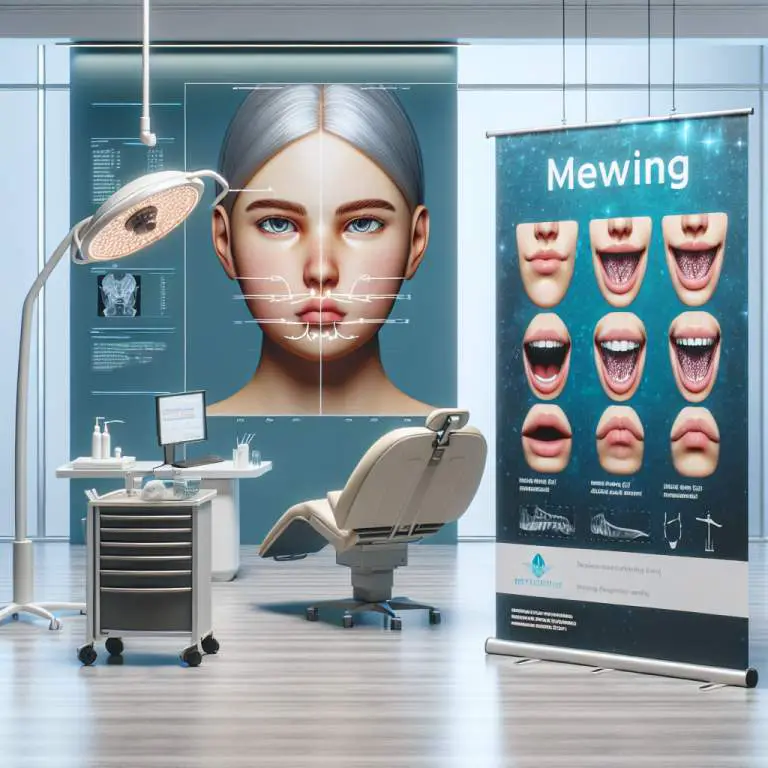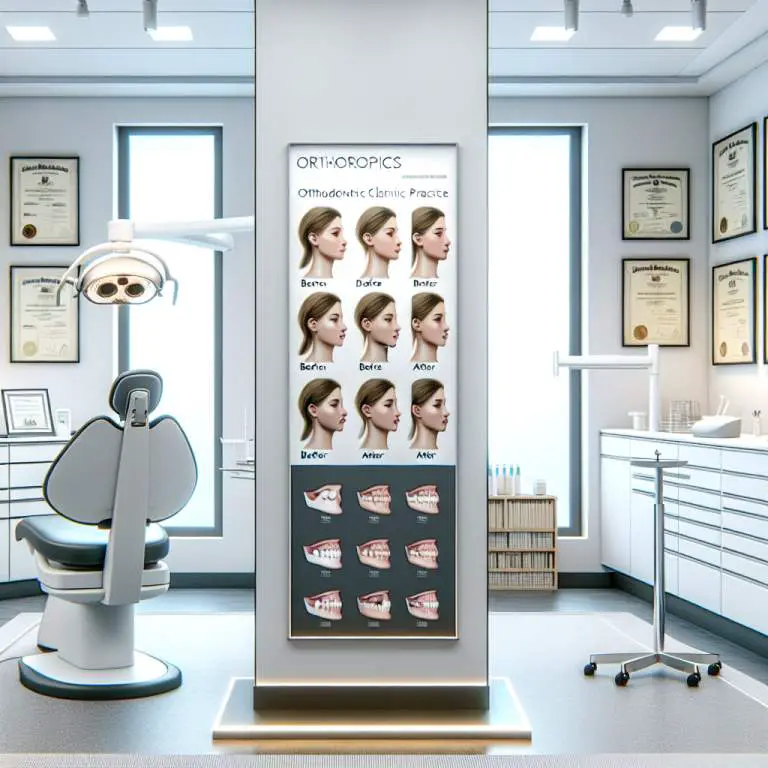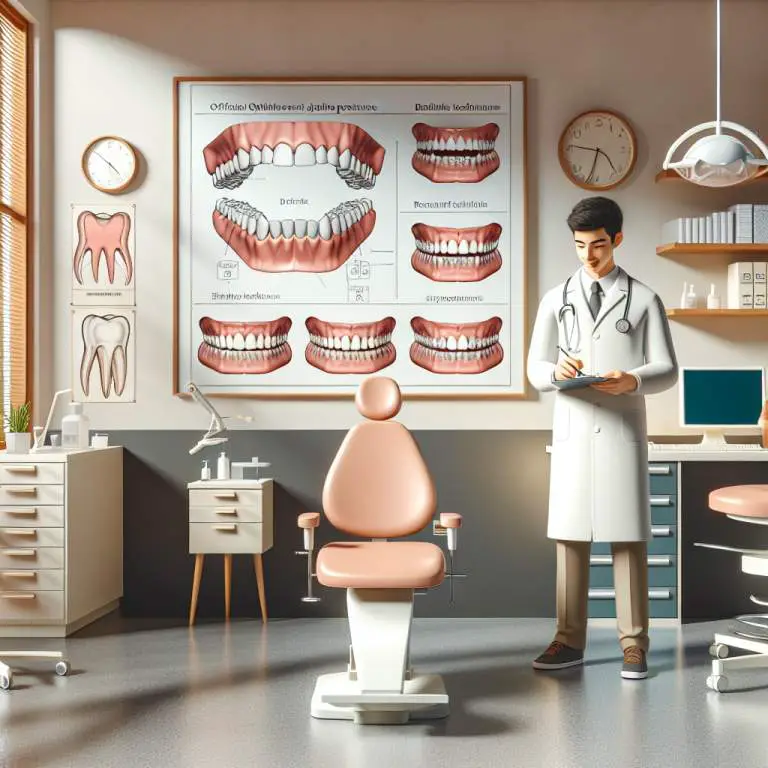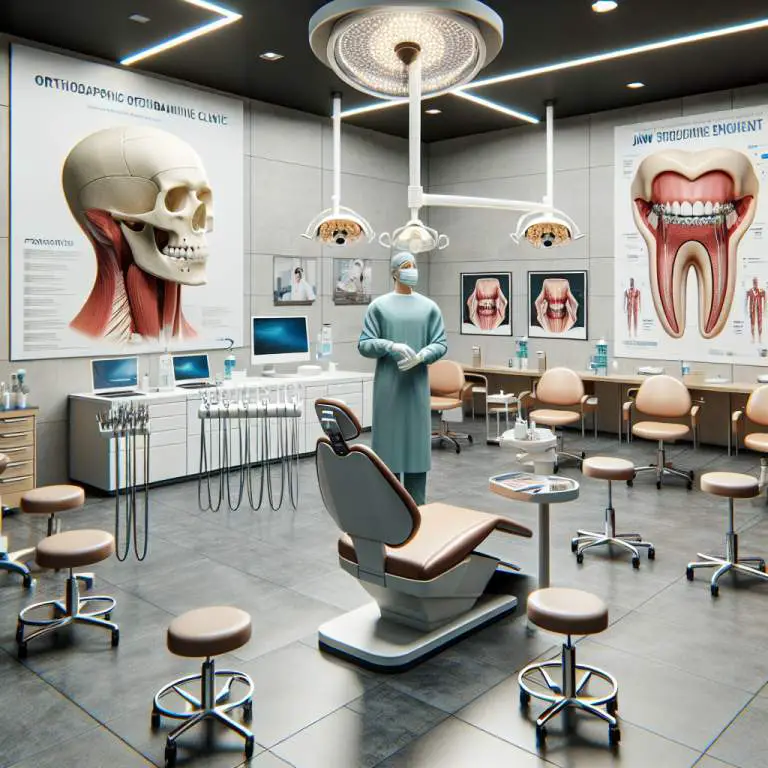How does age impact mewing effectiveness for jawline definition?
Age can affect the effectiveness of mewing for jawline definition. Younger individuals, whose bones are still growing, may see more noticeable results from mewing because their jawlines can more easily adapt to the changes. However, older individuals might not see as significant results since their bones have stopped growing, making it harder to reshape the jawline through mewing alone.

How does mewing work to define the jawline?
Mewing is a technique that involves placing your tongue against the roof of your mouth. This position is supposed to help shape and define your jawline over time. The idea is that by keeping your tongue in this specific spot, you’re applying gentle pressure which can influence the way your facial bones sit.
When you practice mewing regularly, it’s believed that this pressure encourages a more defined jawline. It’s not something that happens overnight but requires consistent effort. People who try mewing are often looking for a natural way to enhance their facial structure without turning to surgeries or other medical interventions.
What are the principles behind mewing and facial structure changes?
The principles behind mewing rest on the belief that our facial structure can be influenced by our habits and muscle use. Dr. John Mew, who introduced this concept, suggests that proper tongue posture can lead to noticeable changes in one’s facial appearance. This includes a more pronounced jawline and improved alignment of teeth and jaws.
This technique focuses on promoting good oral posture, which not only aims at enhancing aesthetic appeal but also contributes to better breathing patterns and overall health. By training the muscles of the face and neck through correct tongue positioning, individuals may see changes in their facial structure over time.
At what age is mewing most effective for jawline definition?
Mewing is most effective when started at a younger age, particularly before or during puberty. This is because, during these years, the bones in our face are still growing and shaping. Applying the principles of mewing during this critical growth phase can have more pronounced effects on the jawline and overall facial structure.
That being said, it doesn’t mean older individuals won’t see any benefits from mewing. While changes might be slower or less dramatic compared to younger users, improving tongue posture can still contribute positively to one’s facial aesthetics at any age.
Does starting mewing at an older age reduce its effectiveness?
Yes, starting mewing at an older age might reduce its effectiveness compared to beginning in childhood or adolescence. As we grow older, our bones become harder and less pliable, making it more challenging to influence bone structure through practices like mewing. The natural aging process also means we lose some elasticity in our skin and muscle tone, which can impact how noticeable the results are.
However, even if starting later in life may not yield dramatic transformations in jawline definition, there are still potential benefits for oral health and posture correction. Older individuals interested in trying mewing should manage their expectations but understand that improvements in appearance and function are possible with dedication and consistency.
| Age Group | Effectiveness of Mewing | Additional Notes |
|---|---|---|
| Under 18 | High | Bone structure still developing, more malleable. |
| 18-25 | Moderate to High | Bone development slowing but still adaptable to changes. |
| 26-40 | Moderate | Possible changes with consistent effort, slower progress. |
| 41-60 | Low to Moderate | Changes are more subtle and take longer; focus may be more on muscle adaptation. |
| Above 60 | Low | Bone remodeling is much slower; benefits may be more related to improved posture and breathing. |
How can someone older optimize their mewing technique for better results?
To optimize mewing techniques for better results, especially in older individuals, it’s crucial to focus on consistency. Mewing is about retraining your tongue and facial muscles, which takes time and persistent effort. Practicing proper tongue posture every day ensures that the muscles adapt and strengthen in their new position.
Additionally, incorporating exercises that target the jawline and neck can enhance the effects of mewing. These exercises help to tone the muscles around the jaw and under the chin, complementing the structural changes encouraged by mewing. It’s also beneficial to stay hydrated and maintain a healthy diet to support overall muscle health.
Are there any success stories of older individuals achieving significant results with mewing?
Yes, there are success stories from older individuals who have seen significant improvements in their jawline definition through mewing. Many share their journeys on forums and social media platforms, detailing how consistent practice over months or even years led to noticeable changes. These stories often highlight not just aesthetic improvements but also functional benefits such as better breathing patterns.
While individual results vary, these success stories serve as motivation for others looking to improve their facial structure later in life. They underscore the importance of patience and persistence with mewing practices, regardless of age.
What additional practices can complement mewing for jawline enhancement in older adults?
Besides practicing proper tongue posture through mewing, older adults can adopt several complementary practices for jawline enhancement. Facial exercises specifically designed to strengthen the jawline and neck muscles can be particularly effective. These exercises work by providing resistance that forces these muscles to adapt and become more defined over time.
Maintaining a healthy lifestyle is also crucial for enhancing the effects of mewing. This includes staying hydrated, eating a balanced diet rich in vitamins and minerals that support skin elasticity and muscle health, and getting enough sleep. Reducing stress through mindfulness or yoga can also help relax facial muscles, potentially improving outcomes from mewing practices.
Final Thoughts
Mewing offers a natural approach to improving facial structure and jawline definition at any age. While it may take longer to see results as an older adult, combining consistent practice with complementary exercises and a healthy lifestyle can optimize outcomes. Success stories from individuals who have achieved significant improvements later in life serve as inspiring examples of what dedication to this technique can achieve.
Ultimately, patience and persistence are key when practicing mewing techniques. By adopting a holistic approach that includes proper nutrition, exercise, and stress management alongside regular practice of correct tongue posture, individuals of all ages can work towards enhancing their jawline definition.







